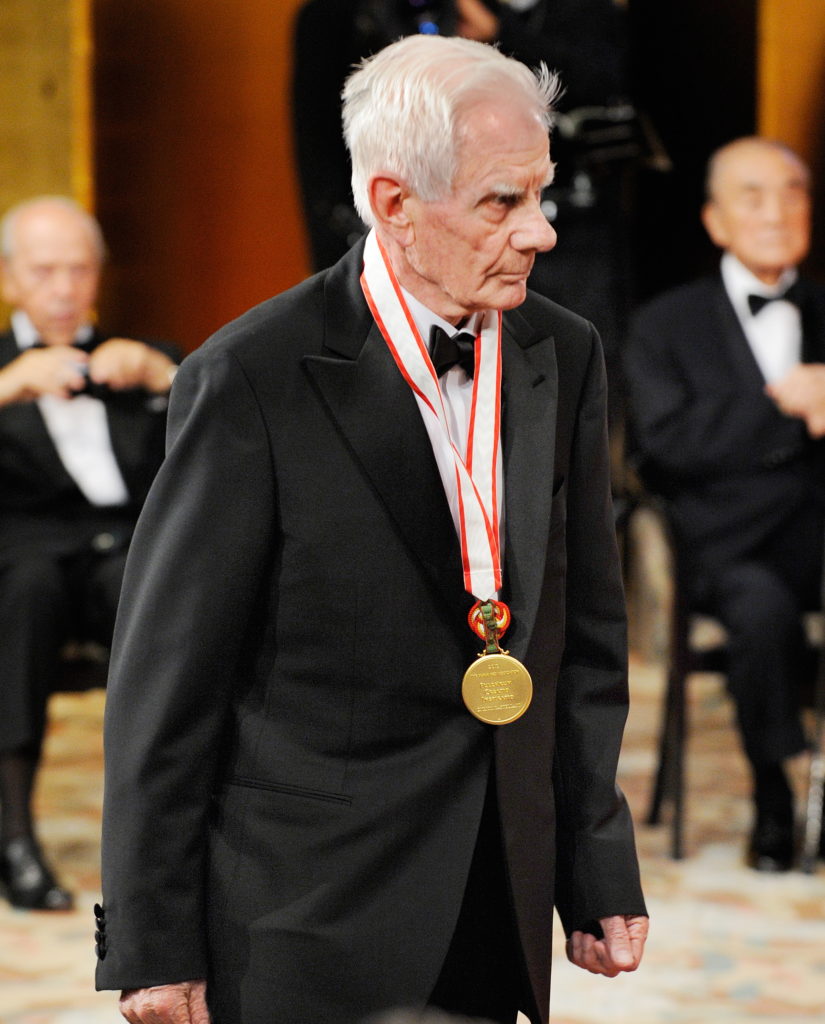Art World
Italian Avant-Garde Painter Enrico Castellani, Who Helped Pioneer the Zero Movement, Has Died at 87
"Castellani should be remembered as one of the people that changed the language of art."

"Castellani should be remembered as one of the people that changed the language of art."

Henri Neuendorf

The Italian post-war artist and pioneer of the ZERO movement Enrico Castellani died on Friday at the age of 87, his gallery Lévy Gorvy announced.
Early in his career, Castellani, who trained as an architect, affiliated himself with the European ZERO movement, an informal collective of artists founded by the Düsseldorf-based duo Heinz Mack and Otto Piene. The ZERO artists explored the phenomena of light, space, time, and movement in art, and were bound by their shared rejection of the dominant art movement, Abstract Expressionism.
“I think Castellani should be remembered as one of the people that changed the language of art,” Emilio Steinberger, senior partner at Lévy Gorvy, told artnet News. “He made the hand of the artist non-evident, and the work was the work itself. He was one of the few figures that developed a new language, a language that didn’t exist before, and to me that’s a sign of somebody that has an impact that resonates.”

A work by Enrico Castellani. Photo: Levy Gorvy, New York
In 1959, Castellani and his friend Piero Manzoni opened the short-lived but influential gallery Azimuth (and launched an associated magazine), through which they sought to overhaul the art system. The magazine was the first to publish images of Robert Rauschenberg’s “combines” and Jasper Johns’s targets, and the gallery was the first to show Castellani’s Superfici (Surfaces) paintings, which would become the artist’s trademark.
Castellani placed nails behind the canvas to raise or lower the surface, creating lit and shaded areas on monochromatic yet three-dimensional painted canvases. The artist experimented with this formula for decades, creating surfaces in myriad colors, including yellow, black, blue, red, and silver. Although Castellani expanded his oeuvre and explored other materials, such as silk, the fusion of painting, sculpture, and architecture formed the backbone of his practice.
Aside from his pioneering role in the European avant-garde through his affiliation with ZERO, Castellani’s influence on subsequent generations has been enormous, especially with regard to the American minimalist movement of the 1970s. In his manifesto Specific Objects, Donald Judd even described Castellani as the “father of minimalism.”